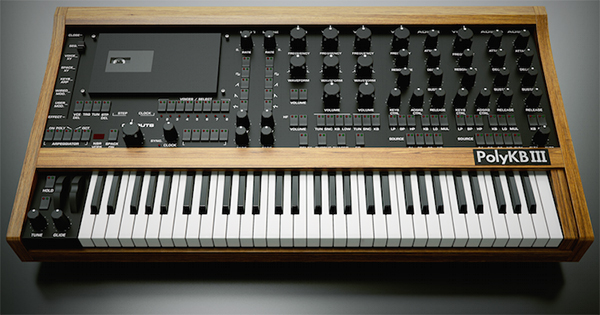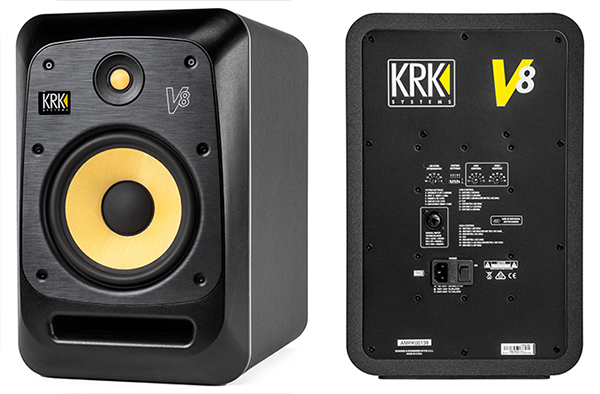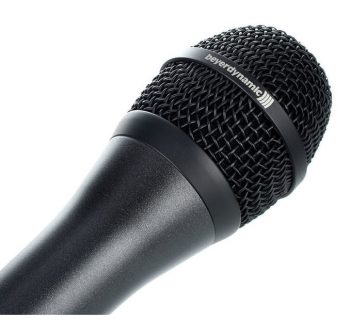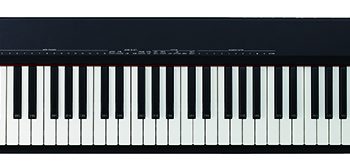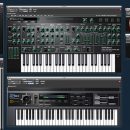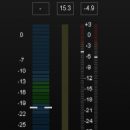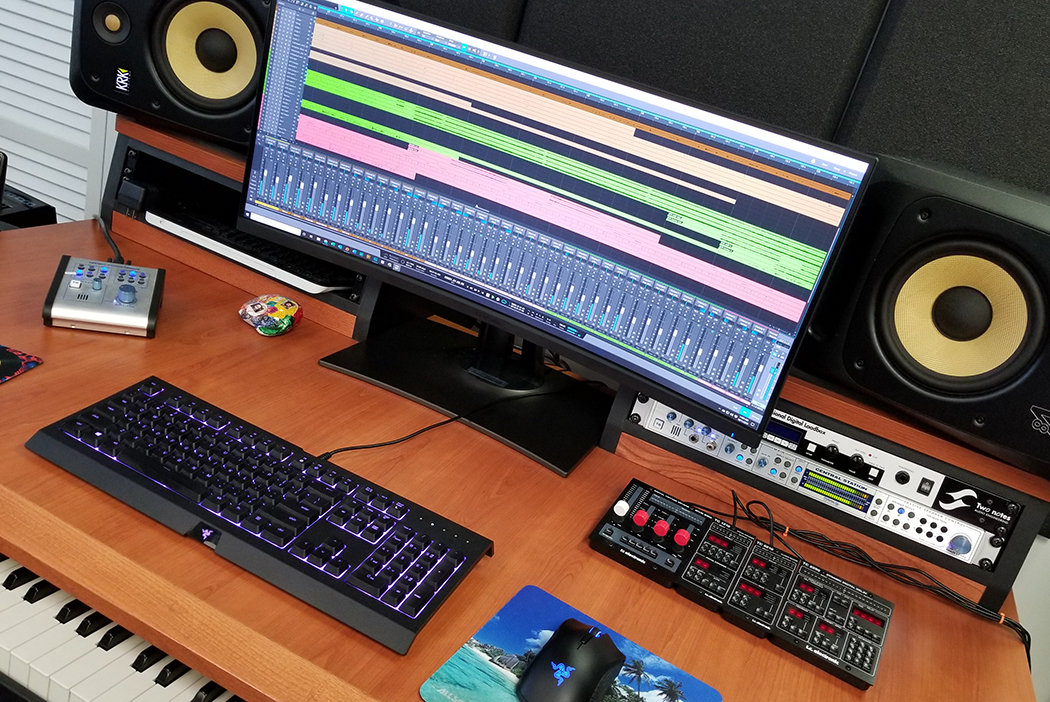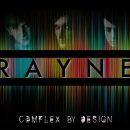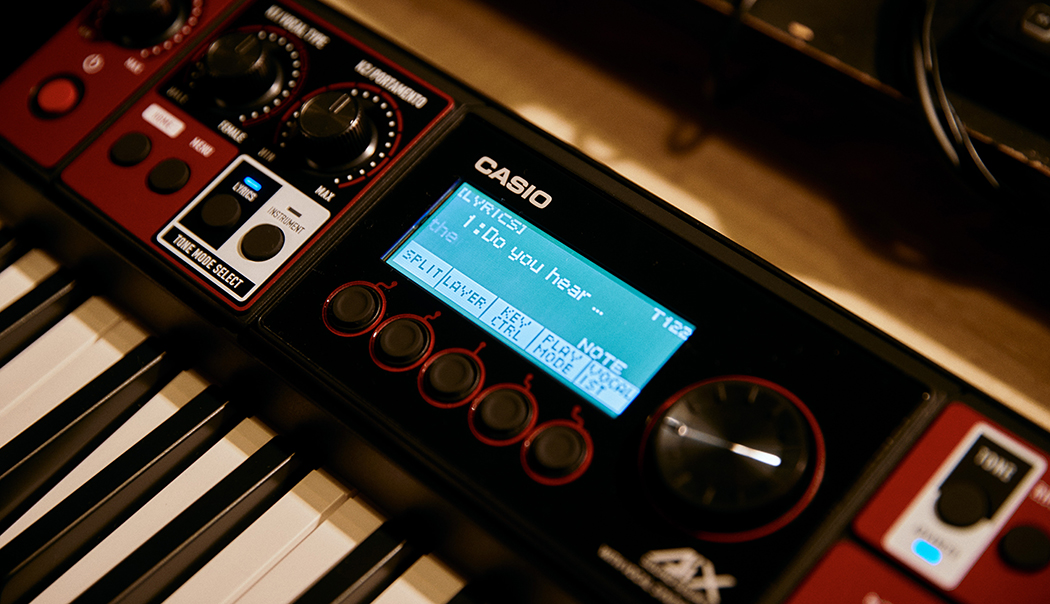Here in the U.S., perhaps XILS-lab doesn’t come to mind as quickly as other European software plugin companies, but we are thinking more and more they should. A few years back we reviewed the impressive XILS-labs Oxium, and now, we’ve gotten our hands on the XILS-lab PolyKB III. Though this is the third iteration, we hadn’t spent any time with the earlier versions of the plug-in, and knew even less about the RSF Kobol hardware synth it was inspired by.
| Category | Value | Rating |
| Features | 20% | |
| Usability | 25% | |
| Sound | 25% | |
| Documentation & Support | 10% | |
| Price | 20% | |
|
|
||
| OVERALL RATING = 3.5 Stars 3.6 stars or better: Outstanding, WIHO Award 3 stars or better: Worth considering 2 stars or better: Suited to specific needs 1 star or less: Not recommended |
||
After some research, we learned that the RSF Kobol was a French monophonic analog synthesizer with traditional controls, knobs, switches and two oscillators, inspired by the Minimoog. It was initially released as a keyboard in 1978, and then a 3U rack-mount version was released a year later. The RSF Kobol offered some unique features for its time; most notably, the oscillator waveforms could be continuously swept to morph from square to saw to pulse, etc. Also of interest, note on/off and other parameters could be controlled via CV/gate, and external sounds could be processed through the Kobol filter and envelope sections, too. Though the synth was well received, RSF was a small company, and less than 200 Kobol keyboards were made, which today makes them quite rare and pricey!
The PolyKobol 2, as you might surmise, was a polyphonic version of this synth, and only approximately 30 units were ever built. Given that Kobols have been used by Vince Clarke, Vangelis, Jean-Michel Jarre, Depeche Mode, Peter Gabriel, and Hans Zimmer, it makes sense that there would still be interest in these rare machines, and seems almost fitting that a software company from France would take on the resurrection of these classics.
Did XILS-labs succeed in bringing a rare synth back to life in a virtual, updated form? We think so, and if you’re looking for something a little different and are willing to spend a little time learning how to use it, you’ll find a very capable and musical sound design instrument here.
Features
The PolyKB III offers three oscillators per voice (similar to the revered Minimoog). Each oscillator can be tuned up or down by 48 semitones, and you can have up to sixteen voices. An interesting and relatively unique feature of the Kobol (both the classic and this virtual creation) is that the oscillators can morph into other waves (triangle to saw to square, etc.), and can do this continuously. You can control these by other modulation sources as well. There’s also an additional (fourth) oscillator for noise.
There are two multimode filters, and each oscillator can feed either filter or both. You can control the balance of the two filters to get some interesting sounds, particularly when the oscillators are already morphing continuously.
Xils- lab is quite proud of their three envelopes and two LFOs, stating:
lab is quite proud of their three envelopes and two LFOs, stating:
“The three analog modelled ADSR are hardwired to the VCA and both VCF. But you can also use them as modulations sources. And targets as well, including individual EV segments. A keyboard tracking is available for the envelopes. In addition, ADSR 2 and 3 can loop, or can be used as a LFO to complete the two main LFOs and the (synced) Sample & Hold module. Envelopes have a Time Multiply factor, to embrace all situations. The full featured LFOs can cumulate several waveforms, like a sine plus a square, or a synced noise ( Sample & Hold ) added to a Ramp Up. They have a fade-in time, a delay time, and can be synced, to the host or internal clock. They also benefit from a reset/note on parameter. Of course LFOs can be polyphonic, or monophonic, so you can get both usual tremolo, vibrato and wah effects, while preserving a second LFO for more subtle polyphonic modulations.”
While most of us are familiar with using patch cords for modulation effects on modular synths, that’s not needed in the virtual world (and interestingly, these days even hardware synths sometimes use buttons instead of patch cords). The Matrix, seen below, represents over thirty-five hardwired modulations just by pressing a button to select, then turning a knob to adjust the amount.
 Additionally, there is also what Xils-labs calls the User Matrix, allowing you to more freely choose you source and targets for modulation. The PolyKB III offers four custom macro modulators matrixes. Each of the four sources can simultaneously control up to four parameters, so 16 additional, freely assignable modulations are possible. It looks like a slimmed-down version of the Matrix, seen here:
Additionally, there is also what Xils-labs calls the User Matrix, allowing you to more freely choose you source and targets for modulation. The PolyKB III offers four custom macro modulators matrixes. Each of the four sources can simultaneously control up to four parameters, so 16 additional, freely assignable modulations are possible. It looks like a slimmed-down version of the Matrix, seen here:

A cool feature in the Voice XY Pad Modulator. Xils-labs explains:
“Per Voice modulator mean that each new note played will be affected by this modulator, and will sound different from the previous, and next ones. The voices are represented by red balls, that you can move, placed in a square. The vertical and horizontal position of each ball can modulate two different parameters, each with a dedicated amount knob, to choose between plethora of targets.
With this tool, you can perform an infinity of sound shaping tasks, like tailoring your own analog drift, especially suited to the track you make, or make crazy ever-changing sounds.”
We have seen similar concepts in other synths, but a more unique feature is the Space XY Per Voice Modulator. This allows you to create custom stereo fields by enabling each note to have a specific “position” in the stereo space. Even cooler, you can make these move around by assigning modulation as seen here:
But that’s not all! PolyKB III also features sequencer and arpeggiator sections. The arpeggiator is easy to use, and does help satisfy that “instant gratification” feeling you’re already starting to experience.
The polysequencer, however, is more complicated, largely because it’s so deep. Should you choose, you can set it up as a128 step/four line/16 destination step-sequencer modulator. This is reminiscent of our recently reviewed Yamaha Montage. There is so much you can do here, but it takes time to figure it all out.
You can record parts in real time or step time, and even set up your sequence as a phrase you can trigger, like a chord sequence when playing live. All parameters can be assigned via MIDI CC for hardware control, too!
Keeping with the analog spirit, there is a unison mode that allows you to stack up to six voices. While this may not sound like a lot (polyphony is 16), when combined with the XY Stereo positioning, you can certainly get some meaty, thick sounds.
Finally, you get several modeled-analog effects, including Delay, Chorus, Phaser, and EQ. Controls are straightforward, as seen here:
 There are several hundred presets to get started exploring PolyKB III, with pull-down menus to help you sort the sounds by type.
There are several hundred presets to get started exploring PolyKB III, with pull-down menus to help you sort the sounds by type.
In addition to VST, AU, and AAX formats, XILS-lab thoughtfully still provides RTAS support for users of older Pro Tools systems.
Just as we were getting ready to publish, PolyKB III version 3.0.3 was released, which adds NKS support (for super-easy integration with Native Instruments controllers and other products supporting the standard), plus an additional 60 presets.
Usability
We tested PolyKB III version 3.0.2, and lived with this synth for a few months to see how things worked and get comfortable with what it could do. This is definitely not an instant gratification synth to the degree that some other French soft-synths provide (hint: rhymes with Marturia). That’s not to say there isn’t some good stuff ready to go from the start—there certainly is. But to get to the really cool, unique stuff, you have to spend some time digging in.
So… we did! Fortunately, PolyKB III’s user interface was smartly designed, so getting around this soft-synth was less daunting than we first expected. There’s a slider on the left side of the screen that changes the controls, bringing up the effect, modulation, arpeggiator, etc., panels. Everything is well labeled, and seemed to be well suited to productive sound design workflow. We did wish, however, that the virtual synth was a little less realistic looking! The knobs cast shadows on the labels underneath, making some of them harder to read. Further, you can’t resize the window, so all the labeling is fairly small. And that was viewing on a 30-inch screen! This synth is meant to be tweaked, so please, make it larger. Interestingly, we did find a pull-down menu for changing the GUI size, but toggling it had no effect. A bug?
The more we spent time with the PolyKB, the more we found ourselves saying, “Hey, that was cool!” Admittedly, sometimes we came up with a sound we weren’t exactly trying for, and sometimes that was a good thing. Clearly, there’s an element of unpredictability to this synth, but that was actually part of the original hardware’s character.
Probably, the one area that will take a little time to get used to is the sequencer. It’s certainly easy enough to click on the grid, but just like Yamaha’s motion sequences in the Montage, it takes a little bit of effort to explore how this polysequencer works and try to do things as you see fit.
Sound
This is what matters the most, right? Well, if you like the sound of analog polysynths, you’re going to really like the PolyKB III. The analog modeling is very good, and the possibilities for innovative sound design are huge, given all the modulation and sequencing features.
While most of the familiar, bread-and-butter analog presets range from very good to excellent, we think the PolyKB III’s strengths are lush evolving pads, soundscapes, sequences, and unique arpeggiations. Leads and pads are also nice, and there’s even a preset that sounds like a fairly convincing Oberheim. XILS-labs describes the multimode filters as “creamy” and for the most part, we’d have to agree. Sounds are clean and lush, but not at all sterile. There’s a unique liveliness to PolyKB III that’s quite organic. Sound designers will definitely enjoy sinking their teeth into this. And no worries—it can get gritty and dirty, too.
More specifically, there’s a definite 1970s and 1980s feel to many of the presets. And that is a very good thing, as many of the analog synths used then have become coveted classics. Going through the presets, you could definitely hear tones reminiscent of Moogs and Prophets of the era. Some tones have an Emerson, Lake, and Palmer vibe, while others are reminiscent of The Who, or even Queen. We certainly enjoyed the bass preset, “Human League,” which made us want you, baby.
Having said that, we can’t emphasize enough that the PolyKB III is not about imitating other synths. The Poly Kobol 2 and this software incarnation, the PolyKB III, have a sound all their own. There are plenty of presets that are quite modern sounding, too, and those could easily find their way into a movie soundtrack, EMO, rock, or dance track. The presets provide excellent starting points, and while some deliver classic tones, others are quite unique. But the real magic starts once you start tweaking the knobs and pressing buttons.
Video courtesy of XILS-Lab and dtekproduk.
Documentation and Product Support
There is a downloadable manual on the website, which is quite in depth, full of great color illustrations, and even includes tips to get you going. There aren’t any videos on the website per se, but a google search can help you. One quick demo of the presets can be found here (but this is not at all all-inclusive of what the synth can do). https://www.youtube.com/watch?v=3Is-UZgcdIo
Price
PolyKB III sells for €159 Euros, which is approximately $173 USD. While not the lowest priced soft-synth, it is certainly not the most expensive, either. Given the power and flexibility, and generally high-quality sounds, we think it is a good value, particularly for sound designers who like to create their own sounds and not simply rely on factory presets. All in all, we came to the conclusion that this belongs in your studio! At least, it certainly belongs in ours. This one will definitely find a home in the actively-used collection.
Contact Information
XILS-Lab
ww.xils-lab.com

